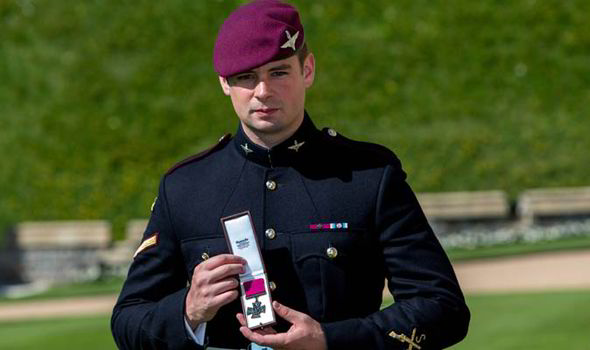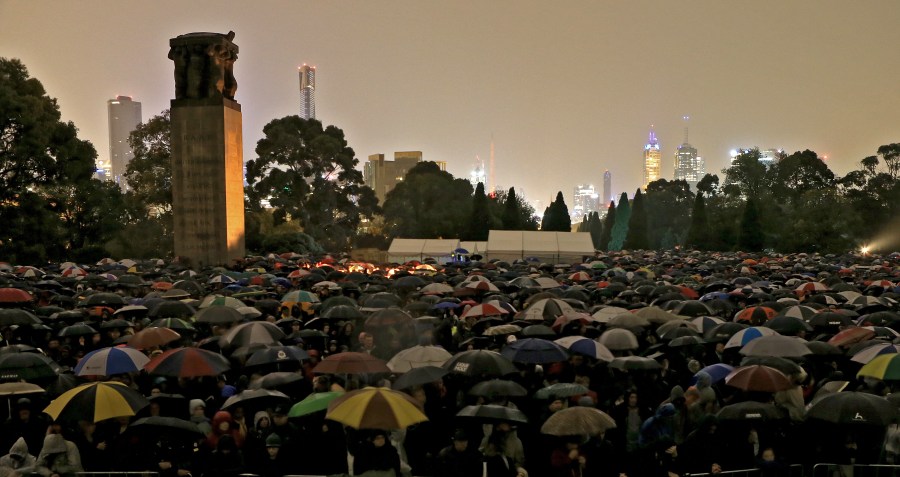
Anzac Day is traditionally held on 25 April each year throughout Australia and New Zealand as a day to remember all those who have served and died in war, conflict or peacekeeping operations.
On that day in 1915, Australian and New Zealand forces (called the Australian and New Zealand Army Corps or ‘ANZAC’) landed with other British and French troops on the Gallipoli peninsula in an attempt to knock Turkey out of the war.
The 25th of April was officially named Anzac Day in 1916 and for the remaining years of the First World War was commemorated with parades and commemorative church services.
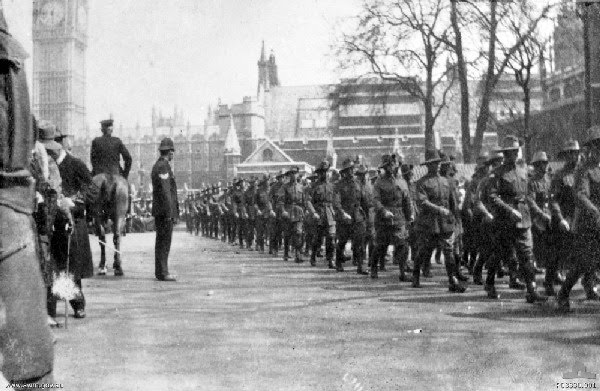
During the 1920s, Anzac Day became established as a National Day of Commemoration and in 1927 Australian states observed some form of public holiday together on Anzac Day for the first time that year. By the 1930s all the rituals now associated with Anzac Day including dawn vigils, marches, memorial services, reunions, and games like two-up were firmly established.
One of the more poignant events held on every Anzac Day is the ‘Dawn Service’ with the first organised service held in 1928 at Martin Place in Sydney. The impetus for the event came the previous year when a group of returned servicemen returning at dawn from an Anzac Day function held the night before came upon an elderly woman laying flowers at the as yet unfinished Sydney Cenotaph. Joining her in this private remembrance, the men later resolved to institute a Dawn Service the following year. Some 150 people gathered at the Sydney Cenotaph in 1928 for a wreathlaying and two minutes’ silence and the modern tradition was born.
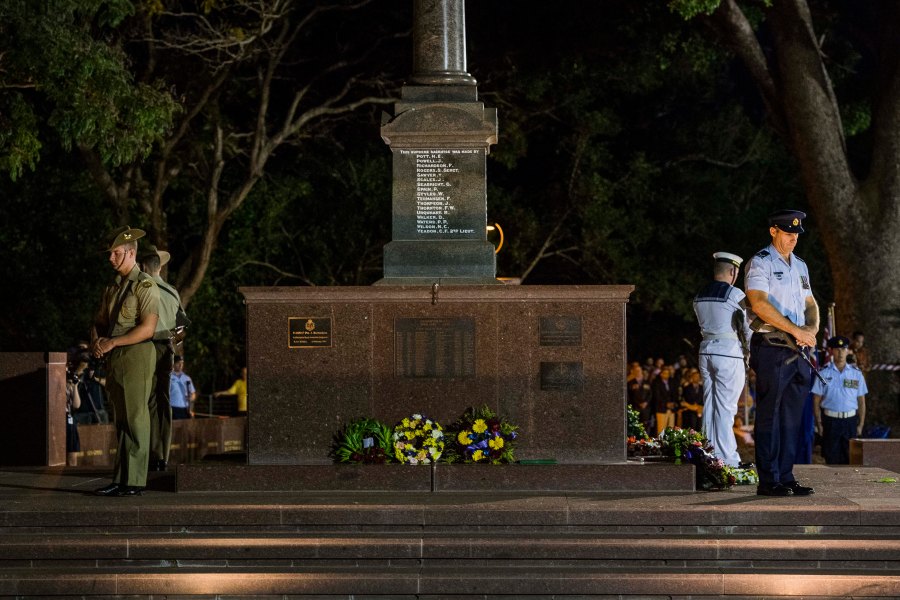
Another well known tradition held on Anzac Day is the game ‘two-up’. The origins of the game are obscure but it is thought to have evolved from ‘pitching pennies’, a gambling game where a single coin is tossed against a wall with the closest to the wall winning the bet and collecting all of the coins, which was popular with the British working class and had been played by British and Irish convicts since the arrival of the First Fleet in 1788.
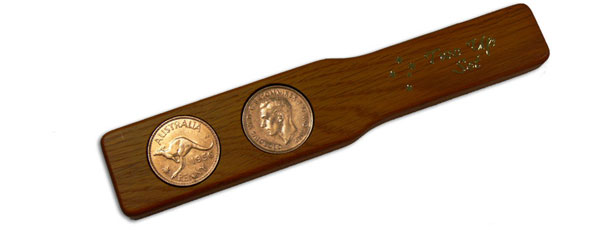
‘Two-up’ involves someone acting as the ‘Spinner’ using a ‘kip’ (a small piece of wood on which the coins are placed – see above) to toss two Australian penny coins in the air. Other players surround the ring and bet on the result – either heads or tails. ‘Odds’, where a head and tail results, means the ‘Spinner’ throws again.
You can find out more about Anzac Day here: https://www.awm.gov.au/commemoration/anzac-day

